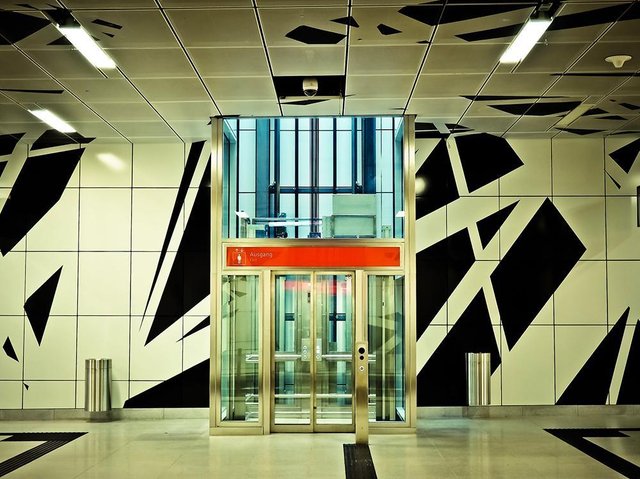ELEVATORS, THE TECHNOLOGY OF THE FUTURE HERE AND NOW

If this time in human history will undoubtedly be remembered, it will undoubtedly be in relation to the technological advances that are constantly taking place. The speed that is acquiring innovations of all kinds and in all sectors (health, communications, leisure, work...) is firmly based on the development of technology. In this sense, vertical elevators do not fall behind and represent a highly safe and effective means that evolves technologically at the pace of time.
Few technological advances, in relation to the design of the places that are inhabited, have had the impact and impact that the elevator has achieved. The vertical lift has become an increasingly safe and reliable element. Now, with the connection to communication technologies (smartphones, networks...), development takes on new heights that are difficult to imagine.
On the other hand, the wide range of possibilities it offers, coupled with the cheapness that is generally suffering the price of technologies in this sector, is allowing access to the most innovative elevators at increasingly reasonable prices. But so that the quality does not decrease, taking advantage of this price drop, we must find the company that guarantees maximum confidence in the installation of elevators.
What is an elevator?
To understand the development that this technology has had that is so adapted to human environments, you have to know exactly what this device is all about. An elevator or elevator is a system that allows vertical transport, although inthe future it is not ruled out to include horizontal transport as part of its journey.
It is designed to move people and/or objects between different levels of any building or property. It consists mainly of the cab, the counterweights, the tractor group, the parachute system and a control system.
It is considered as the most practical solution to accessibility problems,regardless of whether the building is public or private, whether it is a community of neighbors or a property dedicated to offices.
Types of elevators
Although the modern elevator is an invention of the nineteenth century, the different models that are implemented today have little or nothing to do with those elevators powered by a steam engine. Currently, there are three models of elevators that have been implemented in the different buildings:
Electromechanical lifts:
These elevators carry out traction by groups consisting of an electric motor, a reducing machine and the pulley. The cab, on the other hand, is guided by rails. There are two possible configurations; installation with high or low machine (if the engine room is located below will increase the costs in its construction).
Self-supporting elevators
These are the most advanced elevators,they are characterized by placing the traction machine inside the hole where the elevatoris installed, as a general rule, at the top. Its main advantage lies in the remarkable reduction of the space required and the guarantee of trust offered by the current equipment.
Hydraulic lifts
If the building cannot modify its structure, these are the elevators that can be placed. They do not need a superior engine room,being able to be placed up to 15 meters away from the hole. Wear is less, as it works with oil injected into a pressure pump. It is quite reliable when there are power outages,as it can cause it to descend by means of a manual valve that removes pressure from the equipment.
The future of elevators
This article was started by referencing the technological development that has led to the current elevators. But, these advances have not stopped, the elevators of the future gradually reach the most modern facilities. We still have a long way to go. The future is here.
Example of this future can be found in the cable technology applied by the Finnish manufacturer that has sprayed the maximum of 500 meters in length, reaching the kilometer without making any stops, that is, twice the distance.
To expand capacity, the so-called TWIN technology, carried out by the Germancompany ThyssenKrupp, has been developed, which consists of stacking 2 lifts within the same axis. This same company investigates the possibility of creating a system that eliminates the need for cable,which will allow each elevator to travel independently, vertically or horizontally using shaft shafts within a building.
The Internet of Things
Technology companies specializing in elevators, in collaboration with Microsoft, are already implementing the MAX system. This advancement allows you to carry real-time information from any elevator in which it is installed to technicians dedicated to providing coverage and service. This will allow arrangements to be advanced with effective maintenance before they break, repair or replace them, significantly reducing the times elevators are out of working.
Likewise, the MyPort application that has launched the company Schindler Transit Management Group, manages to increase the possible interactivity between the user and the building. The preferences of each destination can be configured so that the call to the elevator is coordinated when the user arrives at the building. On the other hand, this system will also provide an increase in the safety of people, since only the selected ones will have approved access.
Source: elperiodico.com